Introduction
The Earth beneath our feet is not as stable as it seems. Far below the ocean’s depths, a relentless geological drama unfolds: the process of seafloor spreading. This is where molten rock rises from the Earth’s mantle, creating new oceanic crust at sprawling underwater mountain ranges known as mid-ocean ridges. As this newborn crust cools, it’s gradually pushed away from the ridge, allowing even more molten material to surface.
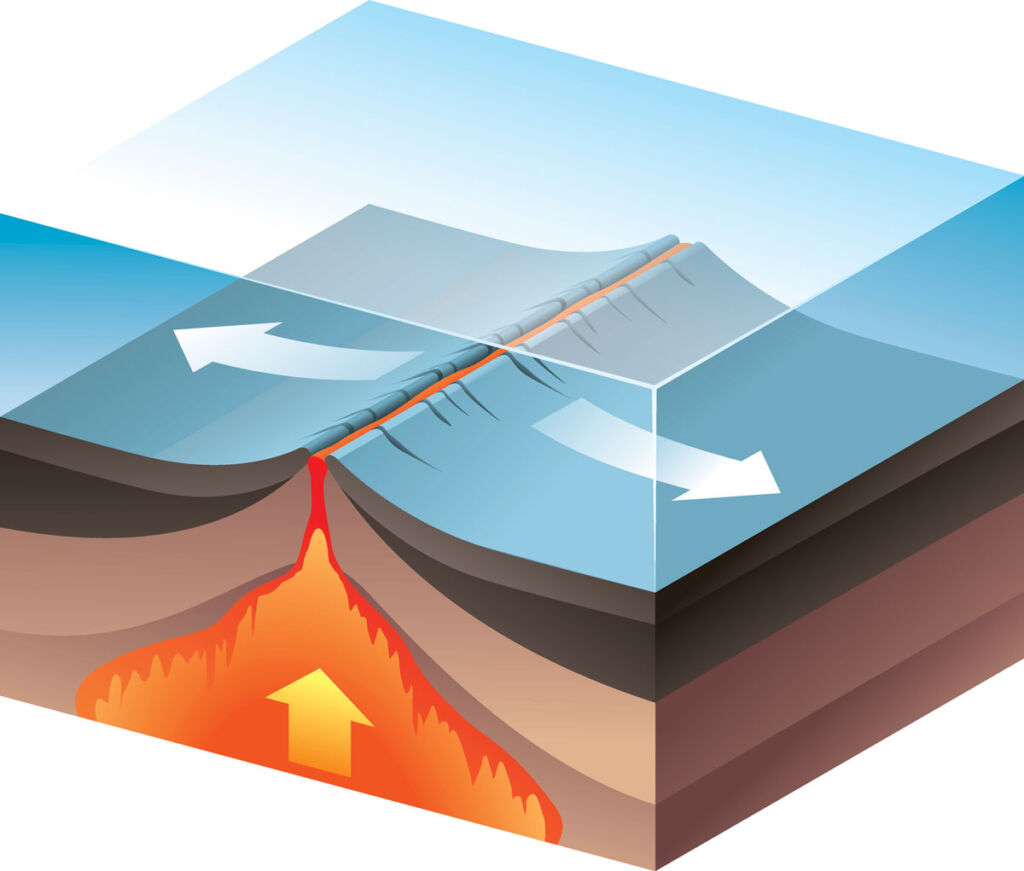
This continuous cycle of creation and expansion has extraordinary consequences. This spreading is the engine that drives the movement of continents, shaping our planet over millions of years. It can rip continents apart and forge colossal supercontinents. Understanding sea floor spreading is key to unlocking the secrets of our planet’s past and the Earth’s ever-changing face.
What is Seafloor Spreading?
- Seafloor spreading is a fundamental geological process where new oceanic crust is continuously formed at mid-ocean ridges deep beneath the ocean.
- Molten rock (magma) rises from the Earth’s mantle and erupts at these ridges. As it cools, it solidifies and becomes a part of the seafloor.
- This newly formed crust is gradually pushed away from the ridge in both directions, allowing more magma to rise and continue the process.
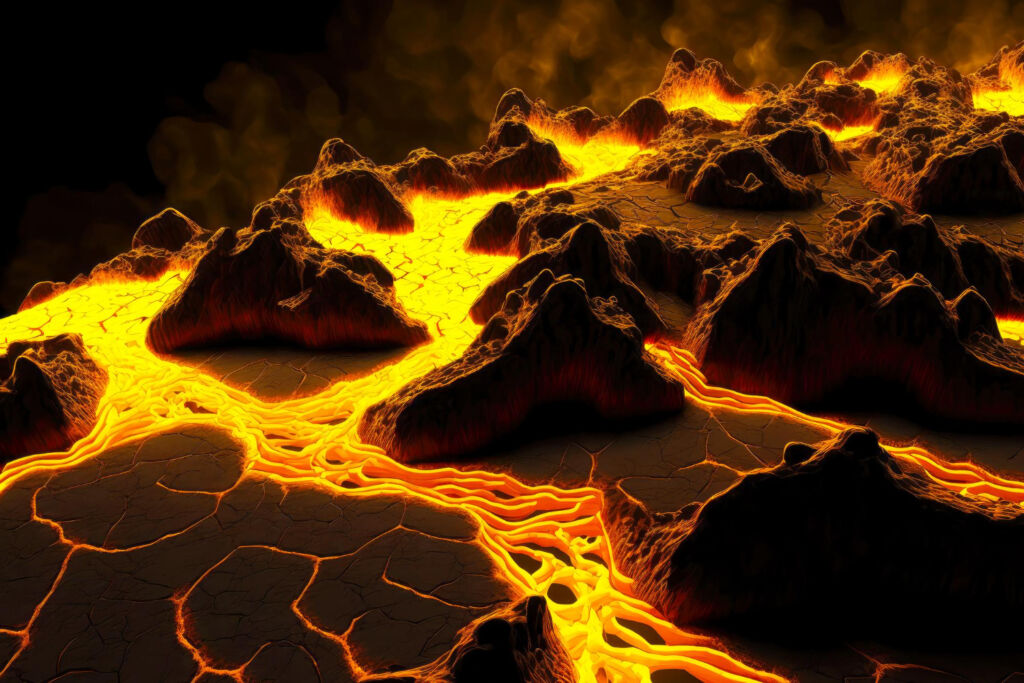
The Process of Seafloor Spreading
- Magma rises towards the surface by heat and convection currents within the Earth’s mantle.
- Tectonic plates are pulled apart at mid-ocean ridges, creating gaps where the magma can reach the seafloor.
- The eruption of magma adds fresh layers of basalt rock to the edges of the diverging plates.
- As older crust cools and becomes denser, it gradually moves away from the ridge, allowing continuous formation of new seafloor.
Where Does Sea-floor Spreading Occur? (Mid-ocean Ridges)
- Mid-ocean ridges are vast, underwater mountain chains running through Earth’s ocean basins.
- These ridges mark the boundaries where tectonic plates diverge or pull apart.
- It is the most active along these mid-ocean ridges, creating a dynamic and evolving ocean floor.
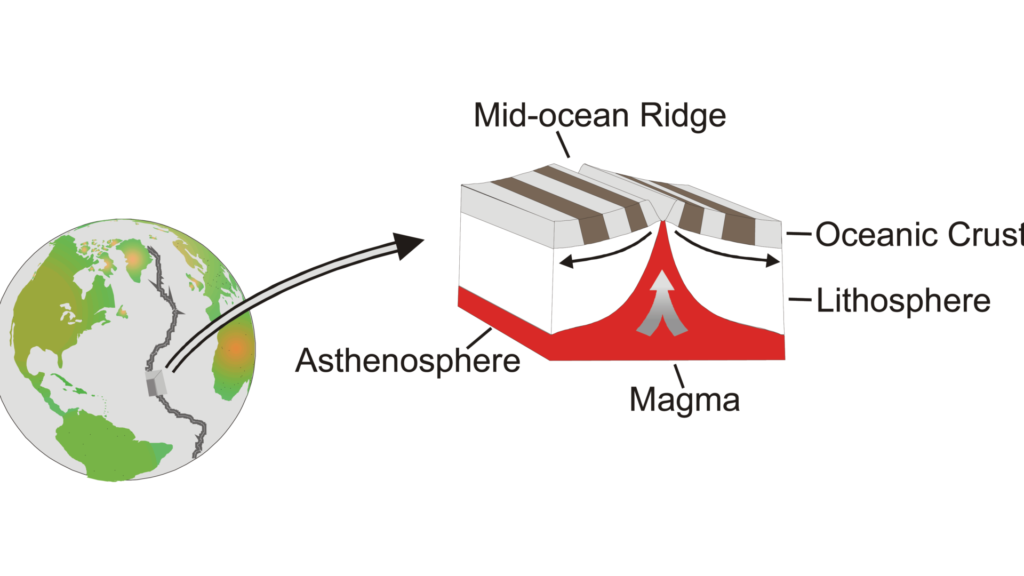
How does sea-floor spreading relate to supercontinents?
Seafloor spreading is the key force behind the formation and breakup of supercontinents, the vast landmasses that have occasionally united most of Earth’s continents. Here’s how the process works:
- Driving Continents Apart: Sea-floor spreading at mid-ocean ridges constantly creates new oceanic crust. This newly formed crust pushes older sections of the seafloor outward, moving the continents away from each other over vast timescales.
- Creating Ocean Basins: As continents are pushed apart, vast ocean basins form between them. The Atlantic Ocean, for instance, was born from the ongoing seafloor spreading that first split the supercontinent Pangaea.
- The Supercontinent Cycle: Sea floor spreading isn’t a one-way street. Along other areas of the ocean floor, particularly in subduction zones, older oceanic crust is recycled back into the Earth’s mantle. This balance between the creation and destruction of the crust leads to the Supercontinent Cycle:
- Continents drift apart as new seafloor forms.
- Eventually, subduction zones bring the continents back together.
- Continents collide to form a new supercontinent.
Examples of Supercontinents (Pangaea, Rodinia)
- Pangaea: The most famous supercontinent, Pangaea, existed roughly 335 to 175 million years ago. Fueled by seafloor spreading, its breakup eventually shaped our modern continents.
- Rodinia: A much older supercontinent, Rodinia existed between 1.1 billion and 750 million years ago. Its formation and breakup are also linked to the ongoing seafloor spreading and subduction processes.
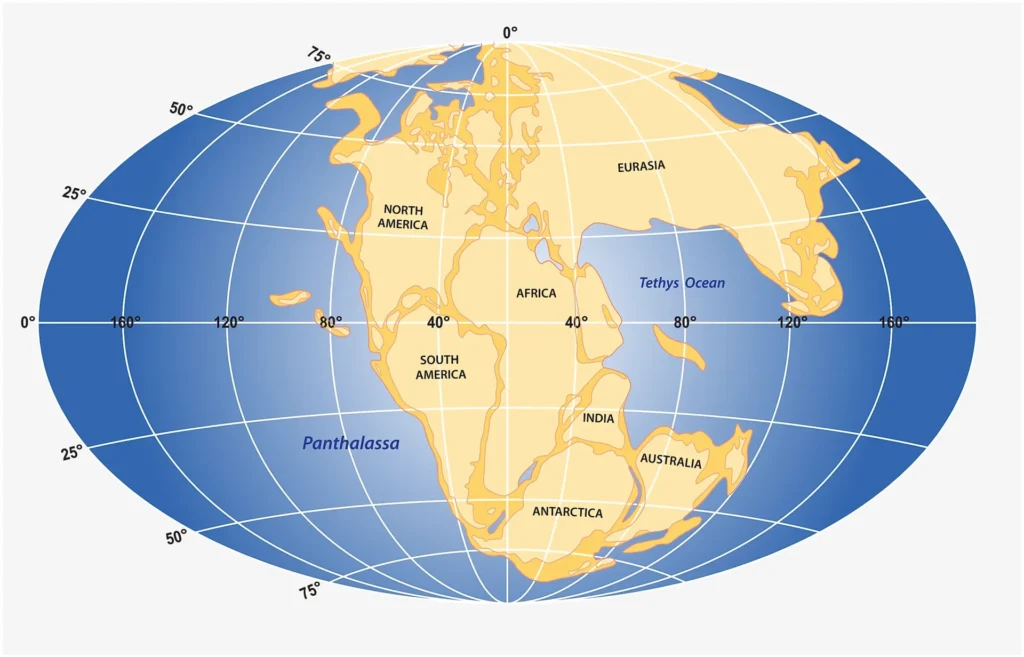
Understanding the relationship between sea-floor spreading and supercontinents provides a window into the Earth’s dynamic history – a story of continuous creation, destruction, and transformation.
The Decline of Seafloor Spreading
Seafloor spreading might seem like an eternal process, but it isn’t constant. Recent studies reveal that the rate of seafloor spreading has been slowing down globally. So, what’s causing this slowdown? Here are the key factors:
What are the Reasons behind the Decline of Seafloor Spreading?
- Subduction Zones: Where Seafloor is Recycled: Subduction zones are where oceanic crust dives back into the Earth’s mantle. This recycling process counteracts the creation of new crust at mid-ocean ridges. As seafloor ages, it cools, becomes denser, and sinks more readily at subduction zones. This increased sinking force acts as a “pull” that can contribute to the slowdown of seafloor spreading.
- Mantle Convection: The Driving Force: Seafloor spreading is ultimately powered by the movement of the Earth’s mantle. Mantle convection acts like a giant conveyor belt, with hot material rising and cooler material sinking.
- Changes in Mantle Temperature and Composition: Variations in the mantle’s temperature and composition can affect its viscosity and flow patterns. This can influence the forces acting on tectonic plates and potentially slow the seafloor spreading rate.
- Resistance from Continental Plates: The massive landmasses of continents offer resistance to the movement of tectonic plates. When continents collide, they form mountain ranges. These growing mountains hinder the movement of plates, placing a “drag” on the system and ultimately slowing seafloor spreading.
Seafloor Spreading: A Dynamic Process
The decline in seafloor spreading is unique across the globe. Some mid-ocean ridges are spreading faster, while others are nearly stalled. This highlights the complex interplay of forces within the Earth’s system. Understanding the factors governing the rate of seafloor spreading is crucial for comprehending the grand movements of our planet and how it has evolved over immense periods.
Impact of Seafloor Spreading
The impacts of seafloor spreading are vast and far-reaching, shaping the Earth’s oceans, atmosphere, and climate. Here’s a breakdown of its key influences:
Shaping the Ocean Floor
Volcanic Activity and Hydrothermal Vents: Mid-ocean ridges, where seafloor spreading occurs, are hotbeds of volcanic activity. This results in the formation of underwater volcanoes, mountains, and rift valleys. These volcanic zones also give rise to hydrothermal vents – fissures in the ocean floor that release superheated, mineral-rich fluids. These vents support unique ecosystems teeming with life adapted to extreme conditions.
Influence on Ocean Circulation Patterns
- Creation of Ocean Basins: The continuous creation of new seafloor pushes older crust outwards, expanding ocean basins. This plays a crucial role in driving deep ocean currents, which transport heat and nutrients across the globe.
- Formation of Ocean Ridges: Mid-ocean ridges form vast underwater mountain ranges that can significantly affect ocean currents. They can act as barriers, deflecting currents and influencing regional circulation patterns.
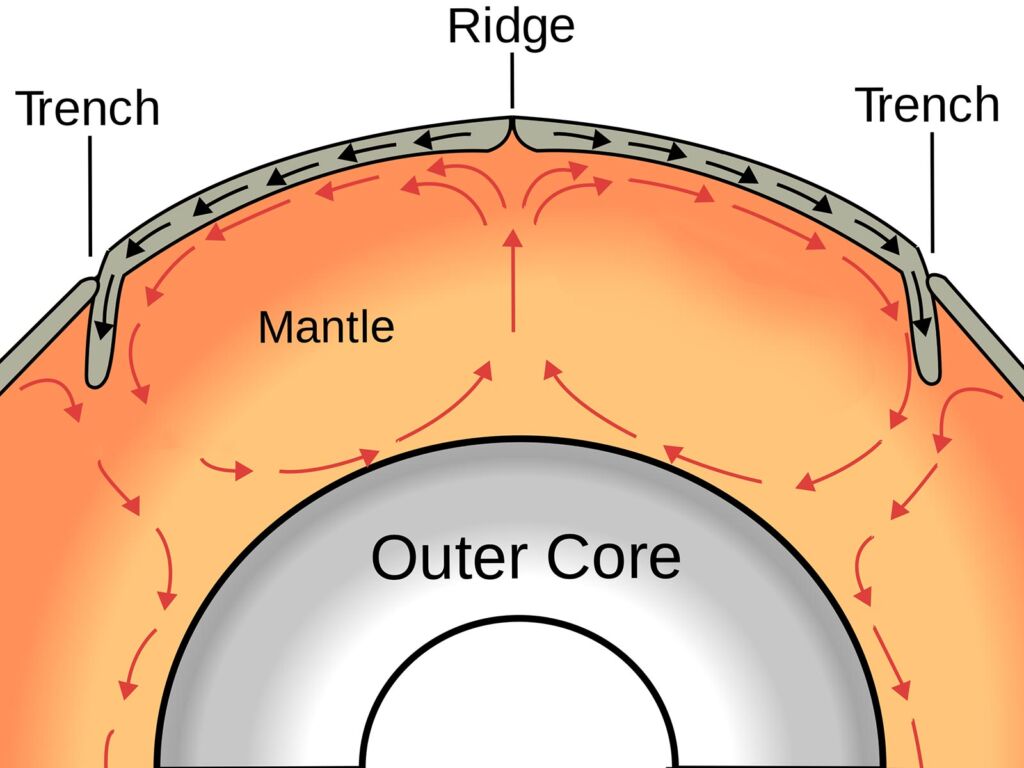
Climate Regulation
- Carbon Cycle and Long-term Climate Change: Seafloor spreading is key in the Earth’s carbon cycle. Volcanic activity along mid-ocean ridges releases carbon dioxide (CO2) into the atmosphere. However, over long time scales, the formation of new seafloor also facilitates the removal of CO2 through weathering processes and the deposition of carbonate sediments on the seafloor. Over millions of years, this helps regulate atmospheric CO2 levels and the Earth’s climate.
Seafloor Spreading and Sea Level Variations
Changes in Ocean Basin Volume: Faster seafloor spreading rates create warmer, more buoyant oceanic crust, leading to elevated mid-ocean ridges. This displacement of water causes sea levels to rise. Conversely, slower spreading leads to cooler, denser crust that sinks deeper, resulting in lower sea levels.
Seafloor spreading has a profound effect on our planet. It shapes vibrant underwater landscapes, influences ocean circulation, regulates our climate, and even dictates the rise and fall of sea levels over geological epochs.
Conclusion
- Seafloor spreading is a fundamental force shaping our world. This seemingly simple process occurring deep in the oceans has far-reaching consequences. It’s a testament to the dynamic nature of the Earth.
- The story of seafloor spreading is intertwined with the history of life. The creation and destruction of ocean basins influence marine ecosystems, climate variations, and, ultimately, the evolution of life on Earth.
- Seafloor spreading demonstrates the interconnectedness of Earth’s systems. The Earth’s mantle, tectonic plates, and the oceans interact in a complex dance, with seafloor spreading acting as a conductor.
- The research into seafloor spreading is ongoing. Scientists continue to explore the mysteries of mid-ocean ridges, providing insights into the Earth’s interior and the mechanisms driving changes on the surface. This knowledge can also help us understand how these processes may operate on other planets.
Seafloor spreading reminds us that the planet beneath our feet is not a static backdrop but an active, evolving system. It reveals the incredible power of geological processes that, over vast timescales, have sculpted the world we know.

